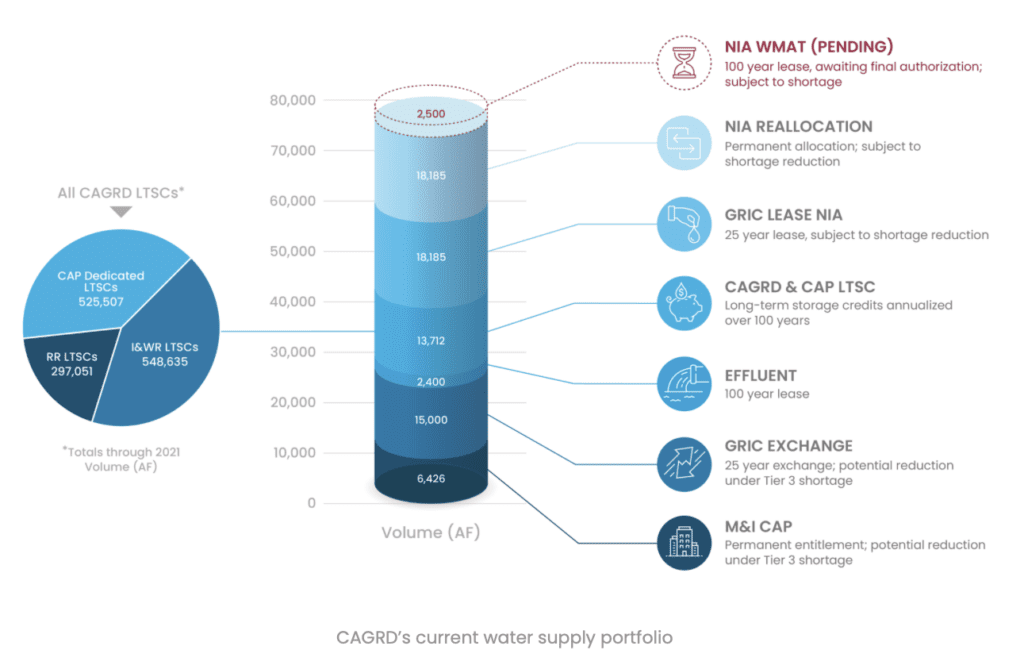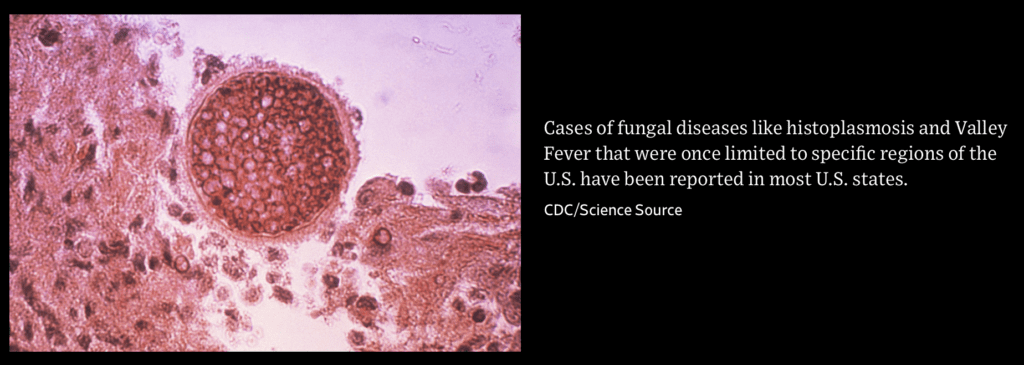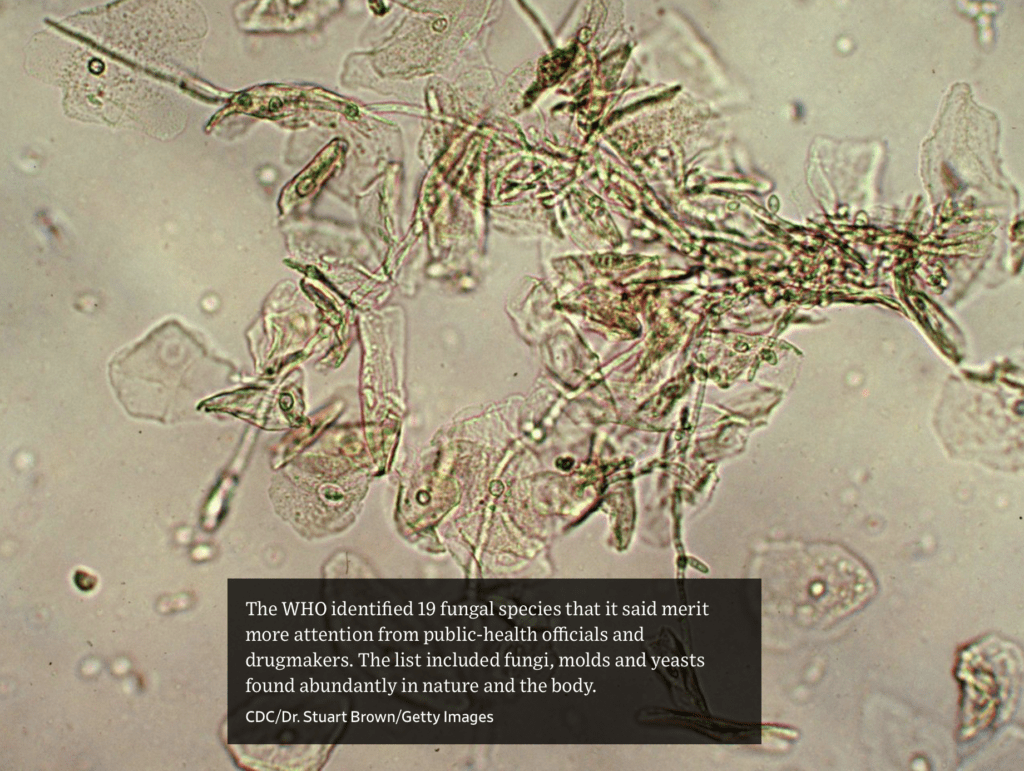Daniel Salzler No. 1188 EnviroInsight.org Four Items February 10, 2023
—————Feel Free To Pass This Along To Others——————
If your watershed is doing something you would like others to know about, or you know
of something others can benefit from, let me know and I will place it in this Information .
If you want to be removed from the distribution list, please let me know.
Please note that all meetings listed are open.
Enhance your viewing by downloading the pdf file to view photos, etc.
The attached is all about improving life in the watershed.
If you want to be removed from the distribution list,
please let me know. Please note that all meetings listed are open.
1. Water Year 2023: December Snowpack

which is 138% of the 30-year median of 6.6 in.
The Arizona legislature created the Central Arizona Groundwater Replenishment District in 1993 to provide a replenishment mechanism for water providers and land owners that rely on groundwater for new development. CAGRD replenishes, back into the aquifer, a portion of the groundwater pumped and delivered to these new subdivisions by their local water providers. Replenishment occurs through the process of recharge.
Every 10 years, CAGRD submits a Plan of Operation to the Arizona Department of Water Resources. The current 2015 Plan demonstrates that CAGRD is able to meet its replenishment obligations over the next 100 years for current members and for new members that enroll in the program through 2024 when the next Plan of Operation will be submitted to ADWR. CAGRD’s 2020 replenishment obligation was 35,000 acre-feet.
So, where does this water come from?
Until a few years ago, CAGRD primarily used CAP water that was “unordered” each year by CAP subcontractors, commonly referred to as excess CAP water. Due to the Colorado River shortage, this supply has been eliminated in recent years in accordance with CAP’s priority system.
CAGRD’s water supply program was created more than a decade ago with the goal of reducing and eventually eliminating CAGRD’s reliance on excess CAP water supplies. This goal has been achieved through numerous water acquisitions over the years and now CAGRD’s supply portfolio includes the following supplies:

– Current long-term storage credits and those tht will be purchased in the future under existing agreements
-Effluent supply resulting from CAGRD’s partnership agreement with Liberty Utilities
-CAP Indian water entitlement, which is part of the CAGRD/Gila River Indian Community/GRWS water supply agreement from 2019
-CAP NIA leases as part of the above agreement and another lease for settlement water from the White Mountain Apache ribe.
-CAP Municipal & Industrial allocation
CAP NIA entitlement to water that was reallocated in 2021
2. There Are Dangerous Fungus Among Us. Climate Change is causing a rise in dangerous fungi that are spreading across the U.S. as temperatures rise.
Some fungi such as the type that causes Valley Fever might be adapting to endure more heat stress.

Dangerous fungal infections are on the rise, and a growing body of research suggests warmer temperatures might be a culprit.
The human body’s average temperature of 98.6 degrees Fahrenheit has long been too hot for most fungi to thrive, infectious-disease specialists say. But as temperatures have risen globally, some fungi might be adapting to endure more heat stress, including conditions within the human body, research suggests. Climate change might also be creating conditions for some disease-causing fungi to expand their geographical range, research shows.
“As fungi are exposed to more consistent elevated temperatures, there’s a real possibility that certain fungi that were previously harmless suddenly become potential pathogens,” said Peter Pappas, an infectious-disease specialist at the University of Alabama at Birmingham.
Deaths from fungal infections are increasing, due in part to growing populations of people with weakened immune systems who are more vulnerable to severe fungal disease, public-health experts said. At least 7,000 people died in the U.S. from fungal infections in 2021, the Centers for Disease Control and Prevention said, up from hundreds of people each year around 1970.
There are few effective and nontoxic medications to treat such infections, they said.
Researchers at Duke University grew 800 generations of a type of Cryptococcus, a group of fungi that can cause severe disease in people, in conditions of either 86 degrees Fahrenheit or 98.6 degrees Fahrenheit. The researchers used DNA sequencing to track changes in the fungi’s genome with a focus on “jumping genes”—DNA sequences that can move from one location on the genome to another.


3. The U.S. COVID Health Emergency Is Set To End In May. From the end of free COVID tests to the return of copays, here’s what it means for you.
The Biden administration plans to end the national COVID public health emergency on May 11, it said Monday, bringing to an end access to free COVID tests, treatments, and vaccines for many.
The announcement stunned many. The World Health Organization had announced earlier in the day that it would extend the global public health emergency for another three months, through April 30. And the Biden administration had just re-extended the national pandemic emergency status on Jan. 11, through April.
Still, the announcement is in keeping with the administration’s promise to give at least 60 days’ notice to states before ending the emergency, according to a Jan. 30 memo released by the Executive Office of the President. Lead time is important due to myriad implications of repealing the emergency status, including the anticipated loss of Medicaid coverage for millions of Americans.
Abruptly ending the emergency “would create wide-ranging chaos and uncertainty throughout the healthcare system—for states, for hospitals and doctors’ offices, and, most importantly, for tens of millions of Americans,” the office wrote in the memo.
What are the implications for Americans? Here’s what we know.
All Americans

Access to free vaccines and boosters for all Americans will continue until federal supplies run out, Kaiser Family Foundation (KFF) Vice President Cynthia Cox, said Tuesday via Twitter.
During the pandemic, all states and Washington, D.C., allowed providers licensed in other states to practice in their state via telehealth. In some states, this ability will end after May 11, according to KFF. In other states, this ability has already ended or been temporarily or permanently extended.
Medicare patients
Those on Medicare have received free at-home testing kits and testing-related services, as well as treatments like the antiviral Paxlovid. Access to free at-home testing kits and testing services will end on May 11. But access to some free oral antivirals will continue, according to KFF.
Changes to telehealth made during the pandemic that allowed Medicare patients who live in both rural and metropolitan areas to receive services at home and/or on a smartphone will continue through Dec. 31, 2024, thanks to new legislation.
Medicaid patients
Those on Medicaid have received free COVID testing, treatments, and vaccines throughout the pandemic. Access to free testing and treatments will end on July 1 of next year, according to KFF. Free access to vaccines will continue indefinitely.
Millions of Medicaid patients risk losing coverage as soon as April, if they would have otherwise been found ineligible during the pandemic and were kept on solely because of it. KFF estimates that as many as 14 million Americans will lose Medicaid coverage between the spring of this year and spring of next.
Private insurance
Private insurance providers will no longer be required to provide free COVID tests, related services, and vaccines after May 11. They’ll be able to charge deductibles and copays for COVID tests and related doctor appointments, limit the number of tests they provide you with, and restrict covered COVID care to in-network providers, Cox said Tuesday via Twitter.
Uninsured
Uninsured patients will no longer receive guaranteed free access to COVID tests, vaccinations, and treatments after May 11. Source:Erin Prater, Fortune.com
4. Colorado River: US States Fail to Reach Deal On Cutting Water Use. Seven US Western states that rely on the drought-stricken Colorado River have failed to reach an agreement on cutting water consumption.
California, the largest user, did not join a water cut proposal put forward by six
others by a federally requested 31 January deadline.
A two-decade drought has shrunk the river basin’s water supply to historically low levels.
The deadlock could prompt the US government to impose unilateral cuts.
The Colorado River provides drinking water to more than 40 million people in the seven Western states – Colorado, New Mexico, Utah, Wyoming, Nevada, Arizona and California.
But the drought in the region has reduced the river’s flow significantly, and the states have consumed more water than is available, prompting the Interior Department to ask for restricting water use.
The government had asked for a plan to reduce water use from the Colorado River basin by two to four million acre-feet, or one-third of the river’s yearly average flow.
Six of the states agreed on a plan that would bring it down by two million acre-feet of water. Under that plan, California – the state with the largest water consumption rate – would need to cut more than one million acre-feet.
California had previously offered to reduce their consumption by just 400,000 acre-feet.
The Chair of the Colorado River Board of California told the Associated Press that the state “remains focused on practical solutions that can be implemented now to protect volumes of water in storage without driving conflict and litigation”, and that it plans to submit its own plan.
The six other states submitted a proposal to the US Bureau of Reclamation that outlined ways to reduce water consumption.
The plan includes cutting water use from Lake Powell and Lake Mead to prevent the two critical reservoirs from reaching “dead pool” – i.e. when water in a reservoir drops so low that it cannot flow downstream.
“We recognize that over the past twenty-plus years there is simply far less water flowing into the Colorado River system than the amount that leaves it, and that we have effectively run out of storage to deplete,” the states said in their letter.
They added they will continue to work together with hopes of reaching consensus on “how best to share the burden” of protecting the water system.
Recent reports show that the Colorado River’s water flows were down 20% in 2000 and by 2050 that number is estimated to more than double.
A report in the journal Nature last year found 2000-2021 to be the driest 22-year period for southwestern North America in at least 1,200 years. Source: BBC Feb 1,2023
Copyright: EnviroInsight.org
